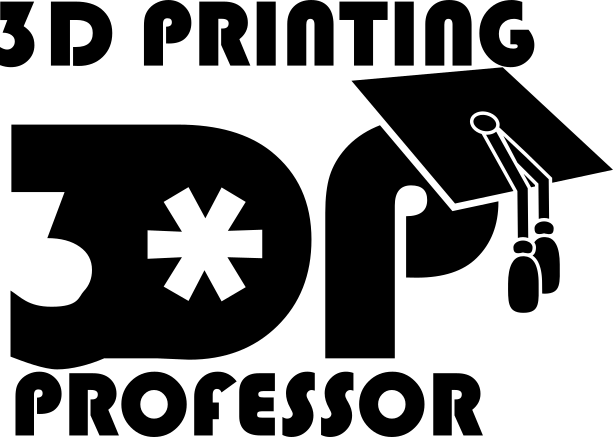I’ve upgraded my Mk8 Extruders and I decided I’d take the time to document the procedure and show everyone how easy it is to do. If you haven’t already I recommend you prepare for the day when this upgrade will become necessary by printing out the printed parts while you still can. Before I begin a special thanks to whosawhatsis who not only designed the original minimalistic Mk7 upgrade but also supplied me with all the unprintables for this project: the bearing, screw, and spring. If you don’t want to have to buy a whole pack of bearings, screws, and springs for one upgrade feel free to drop him a line. (And if you already did buy a bunch of parts and want to unload some the extras, drop me a line. I’d love to put together similar parts kits for others.)
And now, on with our story.
Print the parts for the
Minimalistic Mk8 upgrade by Emmett at 100% infill. Be sure to
test your filament diameter before you start. We want those screw holes snug, but not too tight. Remove the support in the bearing’s hole with a pair of needle nosed pliers drop the bearing in, and screw it in place. It’s a tight fit, by design, and don’t worry if you miss the opposite hole and separate the printed layers a bit. Unscrew, try it from the other side to maker sure you get the hole lined up right and try again. Once you get it the screw will hold those layers together. Be sure the screw is coming from the “back”, opposite the bevel on the other hole, so that it won’t rub against the cooling grill when you install it. The screw will stick out just a little bit.
From here it’s very similar to the procedure for cleaning the geared teeth. Remove the extruder mount from the X/Y carrage and unscrew the two screws holding the extruder bracket on top in place.
Unscrew and remove the fan and cooling grill. Now the teeth are exposed, but we’re going to take it one step further this time.
Use the next size smaller hex wrench to remove the plunger mount. Be careful because this part likes to separate and drop the delrin plunger and associated washers on the floor. And while if all goes well we won’t ever need those parts again, it’s best not to throw them away just yet.
Remove the two screws in this assembly and use them for the next step.
Using the same screws from the plunger mount put the armature onto the motor.Then to keep the bearing putting pressure on the incoming filament insert the spring between the two parts of the armature. Don’t worry about pre-compressing it lest you slip and have to chase the spring across the room. Just shove one end where it belongs and then compress and shove the other half in. It’s really not that difficut.
You can then reassemble everything (and repeat with the other side if you have a dual extruders).
PROTIP: Cutting grooves in the bottom of your extruder bracket allows the fan cables a place to go where they won’t interfere with the extruder bracket screws.
PROTIP 2: When putting the extruder bracket screws back do the one in the back first so you can see if you’ve got the hole (provided you have enough light that you can see in), then do the front one.
Loading filament was a little trickier than I anticipated. You have to squeeze the spring arm as you’re loading it. However the improved openness allowed me to see into it a bit and figure out what was going on. Now to see if the printed parts can handle the strain (reportedly there are a lot of happy users of this upgrade, so I’ve got high hopes.)
“Load” before “unload” still? Darn it. Ah well, I guess I’ll just have to put up with all the other improvements they made.







